LAB REPORT
Science and Technology Making Headlines
Aug. 3, 2018
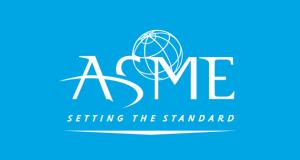

Lawrence Livermore has developed a 3D printing system that improves a dog’s ability to detect explosives.
Taking a sniff out of crime
Bomb-sniffing dogs will be mingling with airport passengers for a long time to come. The specially trained K-9s are still the best way to detect the presence of explosives. But their training tools haven’t always been up to the dogs’ keen scent-detection capabilities.
“A dog’s olfactory system is incredible, nothing we could create would equal it,” said Alex Gash, a chemical researcher at the Lawrence Livermore National Laboratory (LLNL).
But the K-9 community needs better training tools with more variety in both shape and chemical signatures and without the residual scents that may throw dogs off, he says. With that in mind, LLNL has developed a 3D printing system that improves a dog’s ability to detect explosives in airports, post offices and other places.

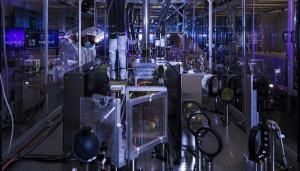
The L3-HAPLS advanced petawatt laser system has been declared fully integrated and operational at the ELI Beamlines Research Center in Dolní Břežany, Czech Republic, and is now ready for integration with the experimental systems and first experiments.
What’s HAPLS-ing
The L3-HAPLS Laser, the world’s most advanced and highest average power, diode-pumped petawatt laser system, was delivered recently to ELI Beamlines Research Center in Dolní Břežany, Czech Republic. After integration into the ELI Beamlines facility, the laser was evaluated by an international peer review group and deemed fully integrated and operational. The system is ready for use in its first experiments.
The L3-HAPLS Laser was designed, developed and constructed by Lawrence Livermore National Laboratory (LLNL).
According to the development engineers at LLNL, “The capacitors deserve special note as they are a major enabling technology that reduce the volume of the capacitor bank by at least a factor of three while providing better ripple current characteristics and superior cooling compared to standard electrolytic devices. The use of these capacitors allows the incorporation of 100J of energy storage in approximately 3.5 cubic inches.”
The L3-HAPLS laser’s ability to focus high-intensity petawatt peak-power pulses on a target will enable unparalleled access to variety of new research projects in fields including time-resolved proton and X-ray radiography and laboratory astrophysics. It also will help research basic science and medical applications for cancer treatments and industrial applications such as nondestructive material evaluation and laser fusion.

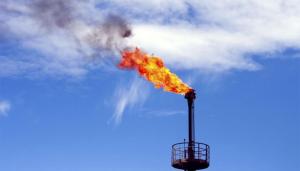
Raw biogas is mostly methane, but also contains about 30 to 40 percent carbon dioxide, which is typically vented to the atmosphere in a biogas production facility.
Carbon dioxide conversion steps on the gas
Lawrence Livermore, in collaboration with Southern California Gas Co. and Stanford University, is using microbes to convert carbon dioxide directly to methane using renewable electricity.
The Department of Energy recently awarded the power-to-gas project $800,000. SoCalGas will provide co-funding of $400,000 in addition to $125,000 of seed funding it provided in 2017.
Using microbes to convert carbon dioxide directly to methane using renewable electricity is known as microbial electromethanogenesis (ME). ME more easily stores excess renewable electricity, significantly reducing the cost of producing renewable natural gas, increasing renewable natural gas availability and reducing carbon dioxide emissions.

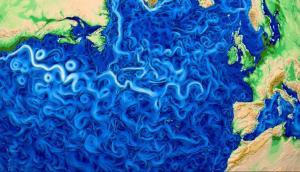
Laboratory scientists have found that mid-latitude regions of Northern Hemisphere continents have a large seasonal cycle of atmospheric temperature, with frigid winters and hot summers. Satellite temperature data are consistent with models that project that this seasonal ‘heartbeat’ is becoming stronger with human emissions of carbon dioxide.
Climate seasoned by humans
Human activity is changing the climate, and one new study shows how our influence is impacting Earth's seasons and atmosphere.
Climate change is much more than rising temperatures and melting ice. In a new study, scientists from Lawrence Livermore show that human action significantly affects the seasonal temperature cycle in the troposphere, or lowest layer of Earth's atmosphere -- the layer that we live in where weather occurs.
These researchers used what is known as a "fingerprint" technique, in which they separated human influence from natural influence on climate. This allowed them to isolate human contributions and assess the specific effects. While many fingerprint studies explore climate patterns over years and decades, this work shows how humans influence the changing seasons.

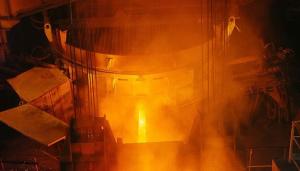
In previously funded projects in the HPC4Manufactring program, partnerships between the steel and aluminum industry and the national laboratories have resulted in high-performance computing modeling and simulation tools that help optimize blast furnace operation, understand the properties of new alloys and improve metal processing methods.
Funding strong as steel
Lawrence Livermore National Laboratory (LLNL) has issued the sixth solicitation for the High Performance Computing for Manufacturing Program (HPC4Mfg). The new opportunity will support primary and secondary steelmaking and aluminum production processes to help these industries become more competitive by solving key manufacturing challenges. This will help these companies to boost productivity and support American manufacturing jobs. Federal funding of up to $1.2 millions available to support up to four new awards.
The HPC4Mfg Program has supported nearly 40 U.S. manufacturing companies (both large and small) since 2015. By identifying and funding world class national laboratory experts to work with industry in solving the toughest manufacturing challenges, this program leverages unique supercomputing capabilities, high-end modeling and simulation software and the brightest minds. The program is managed by LLNL in partnership with many of the other national labs.
Among the most successful of these efforts have been those focused on the U.S. steel and aluminum industries, with awards of $2.9 million in funding for seven projects in these two sectors.





